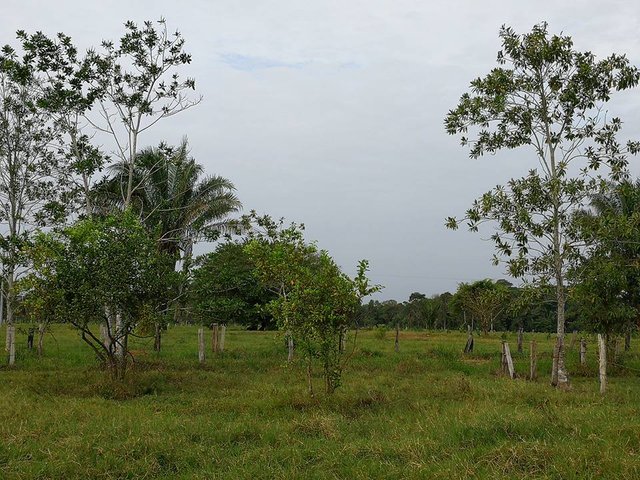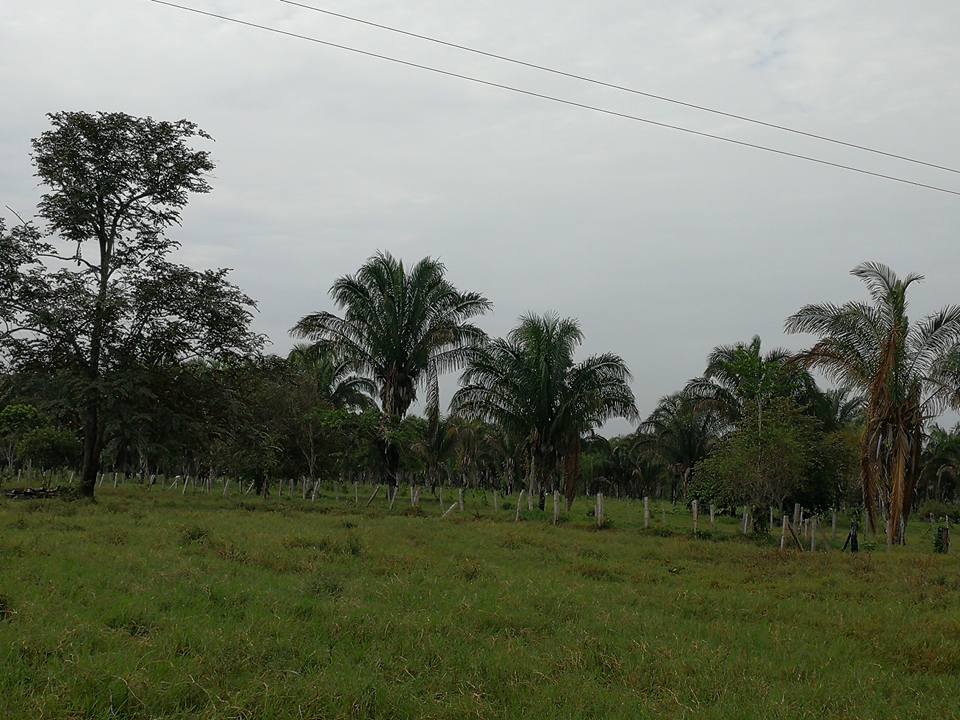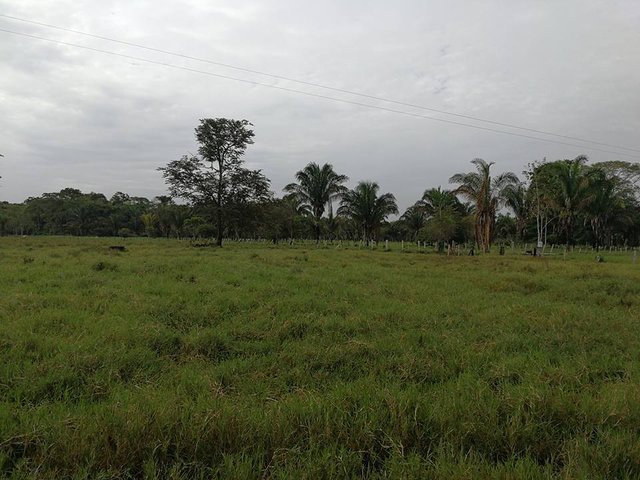The entire surface of the eastern plains

The entire surface of the eastern plains is composed of alluvial sediments of Andean origin (Goosen 1964, Brunnsch-Weiler 1972), within the plains you can distinguish wide geological regions: to the north and west of the river Meta, there is marine deposit resent of age pleistocenica, and to the south and east lies the altillanura, expansive sediments of superior tertiary and lower quaternary origin (Ingeominas 1976.

